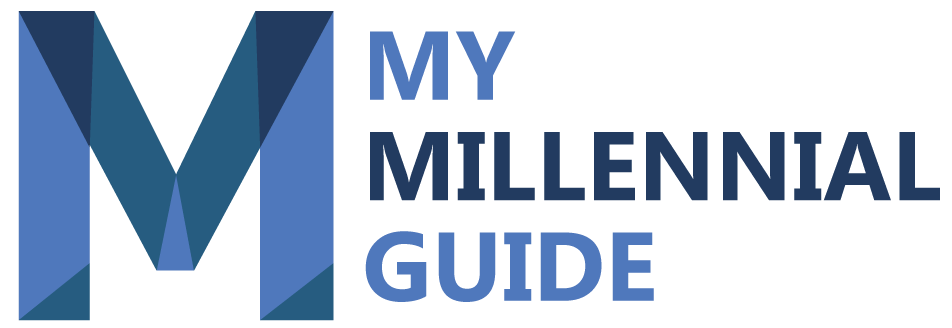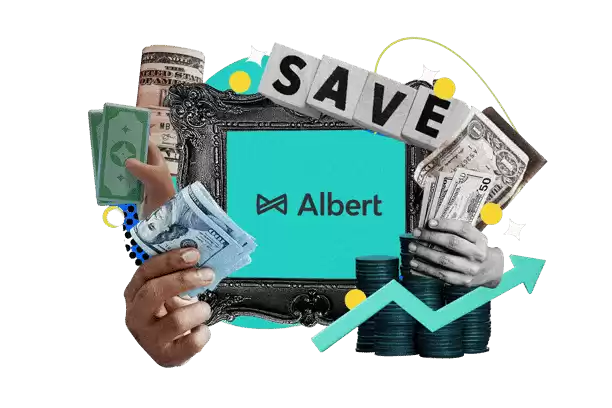In an ideal world, new graduates would find work within weeks of finishing their degree.
But the reality is that it can take months, sometimes a full year to find a job related to their field of study.
Repaying your student loans immediately after graduation while you’re unemployed or working for minimum wage can put a huge strain on you and your checking account balance.
Fortunately, there are government services and programs that exist, such as Loan Forgiveness programs, that are designed to help you pay your loans or reduce your student debt for Doctors and Nurses in the healthcare and medical field.
Loan Forgiveness and Giving Back Programs in US
1. Public Service Loan Forgiveness
The PSLF Program forgives the remaining balance on your Direct Loans after you have made 120 qualifying monthly payments under a qualifying repayment plan while working full-time for a qualifying employer.
If you’re a doctor that has worked at a qualifying nonprofit or public hospital you can benefit.
2. State loan repayment programs
Depending on your state, you may be eligible for certain student loan repayment programs.
The Association of American Medical Colleges has a database of state and federal programs.
3. National Health Service Corps Loan Repayment Program
Another option for doctors who work in low-income areas, licensed primary care clinicians in eligible disciplines can receive loan repayment assistance through the NHSC Loan Repayment Program (NHSC LRP).
In exchange for loan repayment, you serve at least two years of service at an NHSC-approved site in a Health Professional Shortage Area (HPSA).
4. National Health Service Corps Students to Service Loan Repayment Program
If you are a student in your last year of medical, nursing, or dental school, you may be eligible to receive loan repayment assistance from the NHSC Students to Service Loan Repayment Program (NHSC S2S LRP).
In return, you provide at least three years of service at an NHSC-approved site in a designated Health Professional Shortage Area (HPSA).
5. National Health Service Corps Substance Use Disorder Workforce Loan Repayment Program
To combat the nation’s opioid crisis, HRSA launched the NHSC Substance Use Disorder Workforce Loan Repayment Program (SUD Workforce LRP).
The most effective treatment for opioid addiction is a comprehensive approach that incorporates medication and behavioral health counseling.
The program supports the recruitment and retention of health professionals needed in underserved areas to expand access to SUD treatment and prevent overdose deaths.
You would qualify if you work at a SUD treatment facility with a Health Professional Shortage Areas (HPSA) score that would ordinarily be too low to qualify for NHSC funding.
6. National Institutes of Health Loan Repayment Programs
The NIH Loan Repayment Programs (LRPs) are a set of programs established by Congress and designed to recruit and retain highly qualified health professionals into biomedical or biobehavioral research careers. The escalating costs of advanced education and training in medicine and clinical specialties are forcing some scientists to abandon their research careers for higher-paying private industry or private practice careers.
The LRPs counteract that financial pressure by repaying up to $50,000 annually of a researcher’s qualified educational debt in return for a commitment to engage in NIH mission-relevant research. Since tomorrow’s medical breakthroughs will be made by investigators starting in their research careers today, the LRPs represent an important investment by NIH in the future of health discovery and the wellbeing of the Nation.
There are two LRPs, one for researchers not employed by NIH (Extramural) and another for researchers employed by NIH (Intramural). Research funding from NIH is not required to participate in the Extramural LRP, and Extramural and Intramural LRP awardees may apply for subsequent, competitive renewal awards as long as they meet Program eligibility. Although organized around broad research areas, the LRPs were never intended to fund research projects. Rather, LRP awards are based on an applicant’s potential to build and sustain a research career. Please read below for general eligibility requirements and Program details.
7. Indian Health Service Loan Repayment Program
This year, the National Health Service Corps (NHSC) Loan Repayment Program will dedicate an additional $15 million for awards to clinicians working at Indian Health Service facilities, Tribally-Operated 638 Health Programs, and Urban Indian Health Programs.
The IHS Loan Repayment Program encourages all interested providers who may qualify for the NHSC program to apply for this additional funding (Deadline: February 21). For more information, please visit the NHSC website.
8. Military loan repayment programs
The Loan Repayment Program (LRP) is a special incentive that the Army offers to highly qualified applicants entering the Army.
Under the LRP, the Army will repay part of a Soldier’s qualifying student loans. Only specified Military Occupational Specialties (MOSs) qualify for the LRP.
Loan Forgiveness and Giving Back Programs in Canada
The National Student Loans Service Centre (NSLSC) administers various programs that help individuals struggling to pay off their loans. One of these programs is the Canada Student Loan Forgiveness Program, created exclusively for medical professionals.
It encourages new medical graduates to work in remote communities with the goal of improving the quality of medical care in these areas.
| Family doctor and family resident loans can be reduced up to $8,000 per year to a maximum of $40,000 over five years, while nurses and nurse practitioners can save up to $4,000 per year to a maximum of $20,000 over five years. |
The program applies to the whole year and can be used multiple times. The Canada Student Loan Forgiveness is a federal program, so it’s available across Canada.
Where can you apply?
It’s important to note that some provinces or territories issue student loans separately by their respected provincial or territorial governments. Students, therefore, may have two loans to reimburse.
On July 2012, all of the provincial student loans were integrated with the NSLSC, except for Quebec, Nunavut, and Northwest Territories. They operate their own student assistance plan and do not participate in the federal Canada Student Loan Program. Visit their provincial government website to discover whether they offer student loan forgiveness.
Eligibility
To be eligible for the Canada Student Loan Forgiveness program, you must:
- Be employed (full-time, part-time or casual) as an eligible medical professional in an underserved rural or remote community on or after July 1, 2011.
- Have been employed for 12 consecutive months in an underserved rural or remote community. It is important to note that this does not apply to residents in family medicine.
- Have provided in-person services for at least 400 hours in that community.
- Have a Canada Student Loan that is in good standing.
- Have applied for Canada Student Loan Forgiveness for Family Doctors and Nurses.
Unfortunately, not every medical professional is eligible to apply. The following is a list of professionals who are qualified:
- family doctor
- family medicine resident in training with an accredited medical school in Canada
- nurse practitioner
- registered nurse
- licensed practical nurse
- registered psychiatric nurse
- registered practical nurse
Medical professionals can work in many communities or for multiple employers throughout the year.
Application Form for Loan Forgiveness
The Application for Canada Student Loan Forgiveness for Family Doctors and Nurses form encompasses the following sections:
- Personal information, such as your license number.
- Employment information. If you work for an employer, you must provide a signed and dated attestation from your employer. If you are self-employed, you must have an attestation, also dated and signed, by a local official (mayor, member of a legislature, an official at a local hospital, etc.).
- Loan balances. Here, you must detail any outstanding loans you may have with other financial institutions. Only the name(s) of the institution(s) is required.
- Revision of terms. Once you’ve received the loan forgiveness approval, a revision of terms will be processed to reduce your payment, but the number of payments will remain the same. If for some reason you choose not to have your loan payment reduced, you must initial in the indicated areas.
- Employment insurance. You are still eligible for the loan if you’ve taken a break of more than one month and receive employment insurance, such as maternity or parental benefits, sickness benefits, and compassionate care benefits. Complete this section of this applied to you.
- Multiple remote areas. Respond to whether you have worked in multiple remote areas.
Once these have all been completed, your form can be submitted.
Remember, even if you are not eligible for the Canada Student Loan forgiveness, you may be eligible for municipal loans. Run a search with your city and discipline in the keywords.
- Get spotted up to $250 without fees
- Join 10+ million people using the finance super app
- Banking with instant discounts on gas, food delivery, groceries and more
- Start investing, saving, and budgeting for free
- Get spotted up to $250 without fees
- Join 10+ million people using the finance super app
- Banking with instant discounts on gas, food delivery, groceries and more
- Start investing, saving, and budgeting for free









